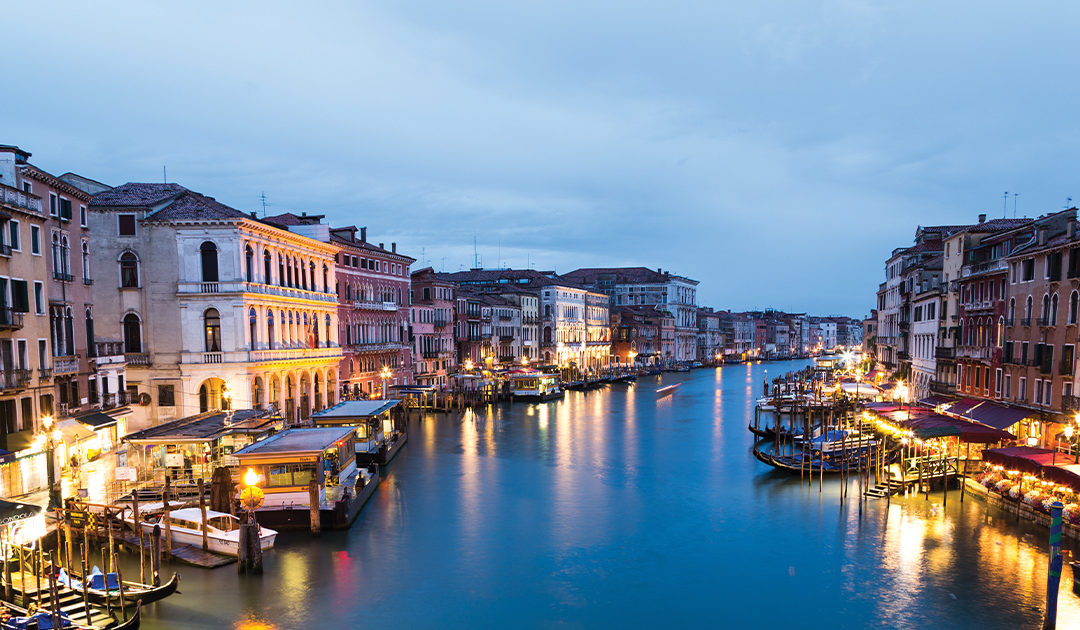At age 17, I was an exchange student in the Netherlands and lived with a Dutch family for three months. It was the biggest challenge of my life, especially not knowing the Dutch language, culture, and traditions. Despite my ignorance of their lifestyle, I was determined to immerse myself, learning and experiencing as much as I could.
In one sense, it was easy to immerse myself because I lived with the Bijker family—Wietze (dad), Tiny (mother), Sjanet (daughter) and Freddie (son)—in a rural village called Nieuwehorne. They became my family that summer. Only Sjanet spoke fluent English, so I had to rely on her to translate as I struggled to learn the language.
During my time in the Netherlands, I learned some Dutch words (two favorites: pindakaas for peanut butter, and fiets for bicycle), sampled and ate local foods and drinks (like frikandel, a minced-meat hot dog), and used a bicycle for my main mode of transportation (there are 22.9 million bicycles in the Netherlands).
I visited cities like Amsterdam, where I took a boat ride in the canals, visited famous museums, and observed people living in houseboats. My host family also made sure I experienced typical Dutch landscapes like tulip fields & windmills and other unique local traditions.
Yes, I was fortunate to have this be my first international adventure. Because of such an amazing Dutch immersion experience, during the rest of my world travels (I have explored 88 countries since that first trip to the Netherlands), I must immerse myself in all countries I visit.
So often, when we lead students on trips, the students become focused on the touristy aspect of the journey and do not immerse themselves into the culture. Travel isn’t just an opportunity to take photographs, check a country off our list and move on to the next destination.
We, as educators, need to make sure our students feel immersed on our student travels. We must provide opportunities and encourage students to interact with and experience local customs and traditions. There are a number of ways to make this happen, but worldpackers.com highlighted seven key areas to assist you with planning experiential or immersion trips for your students:
- Research local customs and traditions.
- Learn the language.
- Venture beyond the tourist attractions.
- Indulge in local food and drink.
- Explore the landscape.
- Take public transport.
- Work or volunteer abroad.
Prior to departure for your trip, spend time learning about the country’s culture & traditions. Ask students to research and give presentations about various aspects of the life in a designated country. While abroad, include stops at unique cultural things like: Q Whirling Dervish show in Turkey; demonstrations of how to wear a kimono in Japan or a sari in India; learn how to throw a boomerang in Australia; or spend the night in a Masari Mara tribal village in Africa. Experiences like these fully immerse students into unique traditions and provide memories that will last a lifetime.
It’s also important that students learn some words in a foreign language before they arrive overseas. If the students can say common words and phrases like hello, goodbye, please, thank you, and “how much does this cost” in the native language, it means a lot to the citizens. After my Dutch faux pas, I studied French, German and spent a month in Russia studying Russian to have a basic understanding of the Cyrillic based language.
Plan to do things on the trip that are not touristy, including food and drink experiences. Find out where the locals hang out and go there. While in China, I stopped at a park filled with Chinese citizens practicing tai chi. I joined in and learned a lot about this tradition. In Malta, I observed a parade and was asked to be a part of the parade. At the end of the route, I met the president of Malta. Go to non-touristy restaurants and sample the local food. In Australia, I tried kangaroo, camel, emu and crocodile. Now, kangaroo is one of my favorite foods while there. In China, I sampled a petrified duck egg— honestly, it was the most disgusting thing I ever ate in my life, but I have never forgotten that experience. In South Africa, I ate warthog and biltong sausage. Each of these experiences helped me feel part of the culture.
I also recommend that your student travels include exploration of the landscape. Leave the big cities and take trips to the small communities and rural areas that expose the students to the local landscape. Be sure to include stops at places like Cappadocia in Turkey to see the fairy chimneys, or a visit to the people who live on floating islands in Bolivia’s Lake Titicaca, or swim in hot springs at Atacama Desert in Chile. These unique landscapes show students the life beyond bustling cities.
Most student groups travel via a tourist bus; however, I recommend utilizing the local transportation occasionally, even if it is only using the local subway. Of course, safety must be of utmost concern when using local transport, but I will never forget riding a bus in Costa Rica where the locals brought chickens on the bus. In Moldova, I used a marshrutka (minivan) as part of my transportation to visit a monastery. In Japan, I rode the bullet train. In Thailand, I rode an elephant. In Russia, the metro stops were like museums with beautiful art. Local transport is a trip through local culture.
Finally, encourage your students to work or volunteer abroad at some point. There is no better way to immerse oneself than to live in a country, not as a tourist, but as a resident. I have been fortunate to have my time in the Netherlands, study Russia in Siberia, and work four summers at a Girl Scout camp in Germany. Each time, I immersed myself and experienced those countries in ways I never could have imagined. I have a greater appreciation of their culture and the people, and always left a piece of my heart behind when I departed.
When we travel, we need to slow down and actively and meaningfully engage with a country’s culture including the people, food, environment, and history. It is then, and only then, that we will experience the kind of immersive travel that can change our lives forever.
Written by Julie Beck for Teach & Travel’s November 2021 issue.

